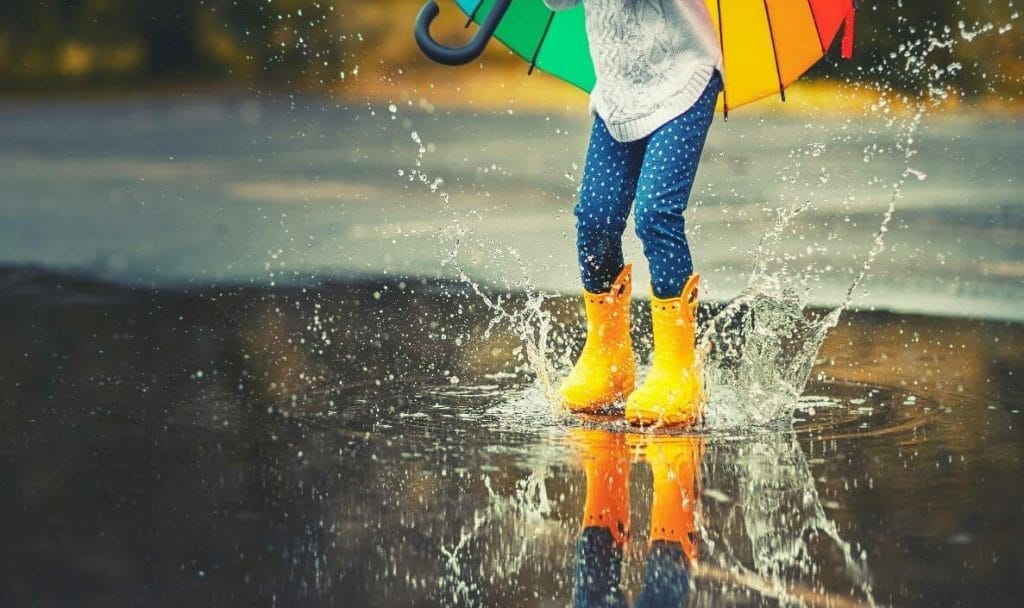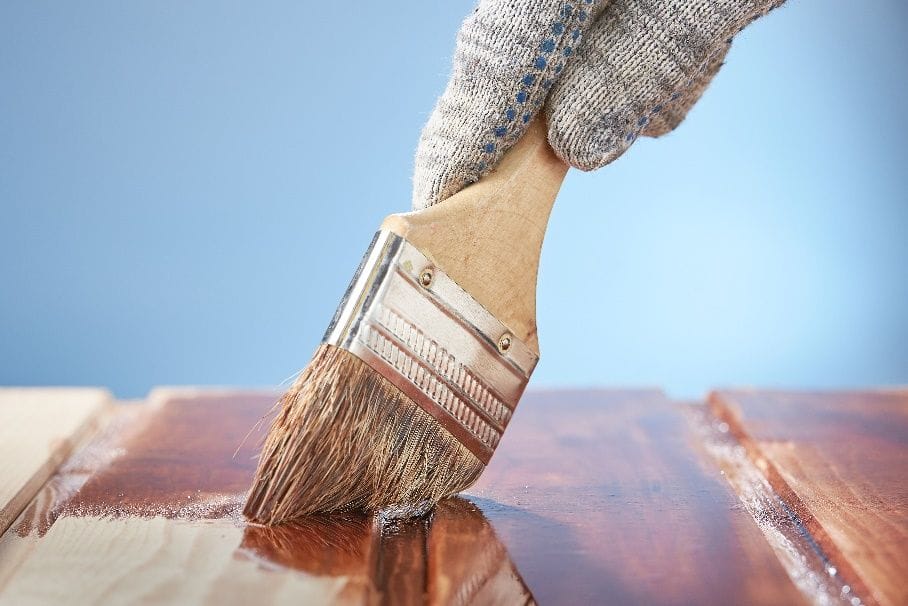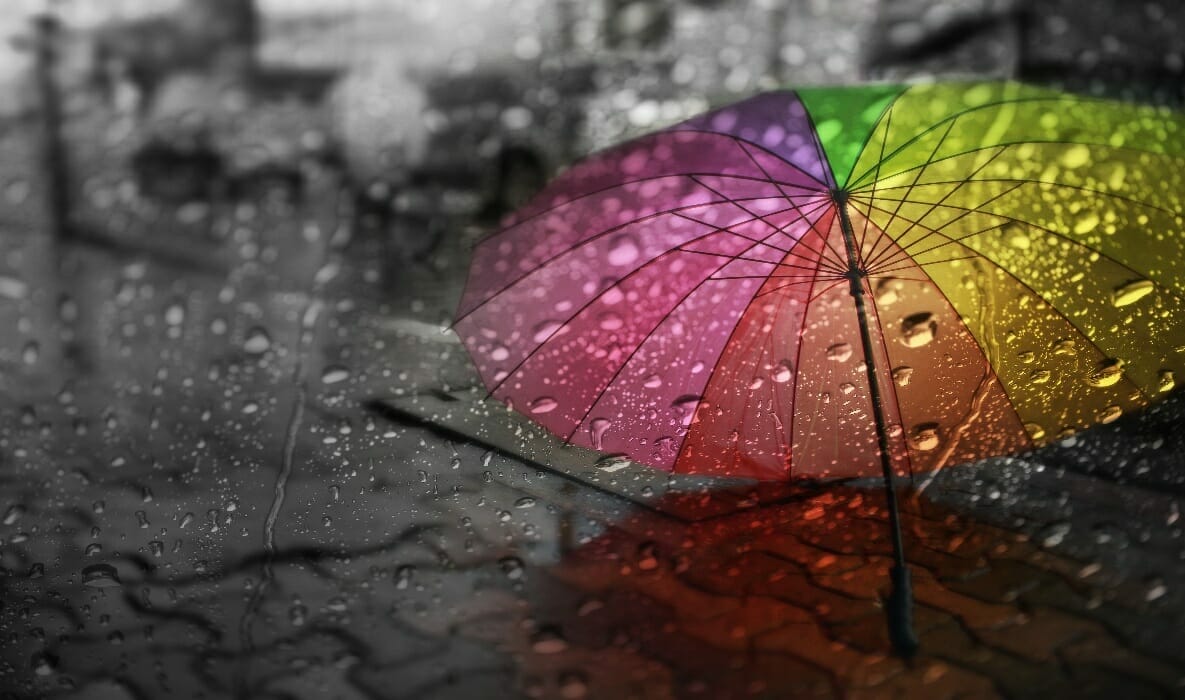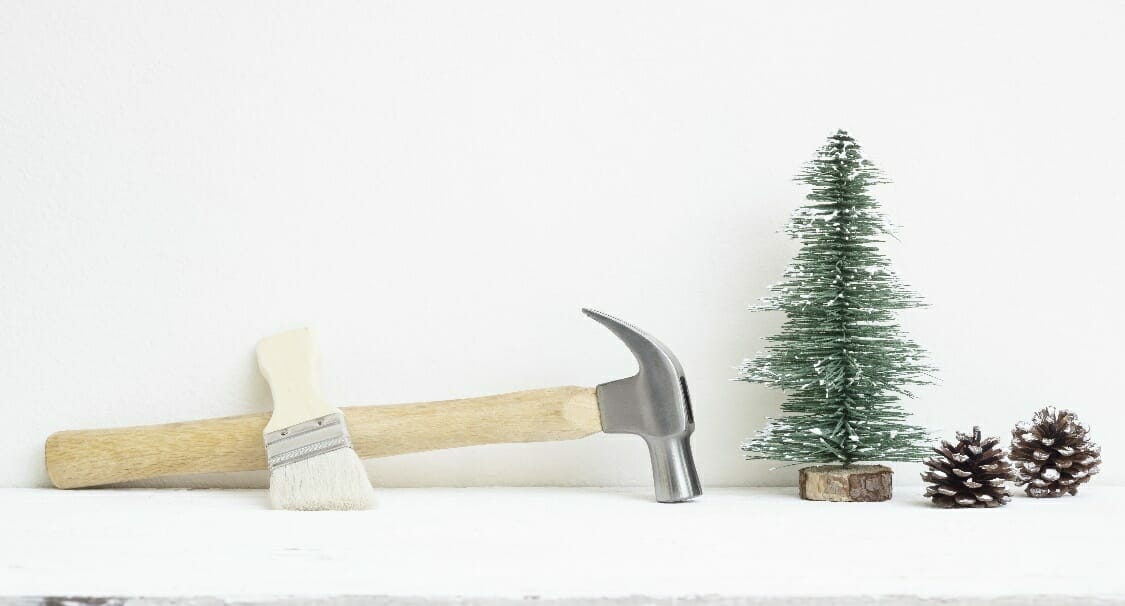

We answer the ultimate DIY question – “To paint or not to paint?” (when it is raining).
We answer the ultimate DIY question – “To paint or not to paint?” (when it is raining).
We’ve experienced a bit of a weird summer to date. Never mind the general state of the planet, our weather has swung wildly between super-hot and drenching (cold) spells of rain. Obviously, wetter and cooler weather impacts paint projects but there are ways and means to get things done.
Below we look at some points to consider.
Rule Number 1 –Prep the surface
- The minimal temperature for paint to dry must be 10 degrees Celsius (Always check the paint can as this may differ).
- Check to see if walls are damp
- Wash wall with sugar soap
Rule Number 2 – Extended Drying Times.
- When it rains, naturally the temperature in the air drops and the humidity either stays the same or increases and therefore, the paint will take longer to dry.
- Firstly, make sure you are prepared for the extended drying time. Take this into consideration when starting your project.
- Secondly, to speed up the process you can make use of household fans as well as increasing air circulation in the room (this can be done by opening up all windows and doors in the room).
Rule Number 3 – Dry Surface, Always.
- Walls must be completely dry before painting.
- Check if the surface is visibly wet. A small amount of rain droplets counts as wet.
- If the surface is wet, a “rain check” will need to be considered.
- This rule applies to the entire painting period – from the beginning with the unpainted surface to the fully cured painted surface.
Rule Number 4 – Current Conditions.
- Determine when last it did rain if you decide to wait for a sunnier day.
- A surface can take up to 4 hours in direct sunlight to dry, at a temperature of 22.2 degrees Celsius. Therefore, although it may look dry, there might still be moisture within the surface.
Rule Number 5 – The Right Tools.
- Plaster Primer as a first coat will eradicate the issue of cracking and peeling.
- Bonding liquid will address the issue of chalkiness
- Use a finishing coat when your project is done (sheen or PVA) or (polyurethane enamel for kitchens and bathrooms).
With these few tips, we can march on through the rains. Of course, if the project can wait till the sun conquers and prospers that would be best but we want you to #ColourYourWorld, no matter the weather conditions.
Browse all you need at Hyper Paint and call if you need further assistance.
